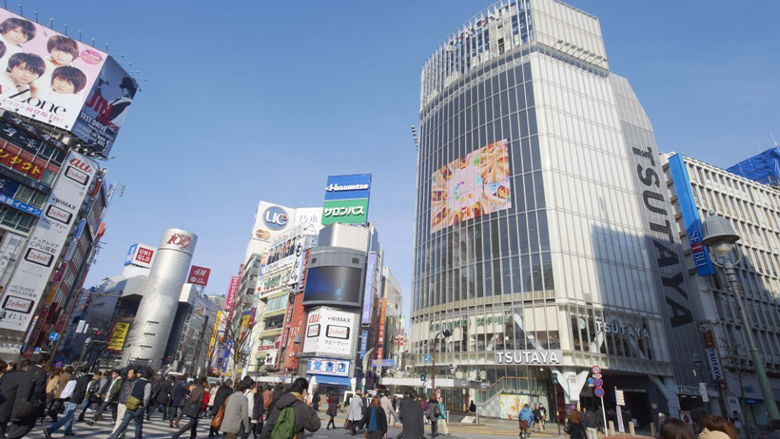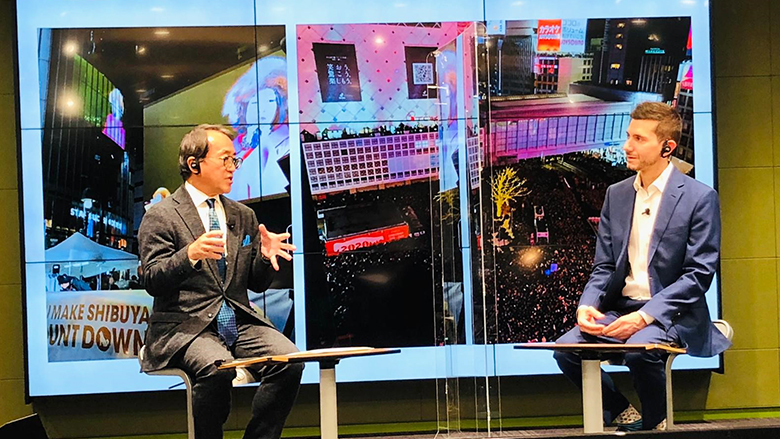November 17, 2020
Currently, half of the world's population lives in cities and the urban population is projected to reach 80% by 2050. Rapid urbanization increases the demand for city services, and the capacity of local governments to meet such demand is now being challenged. In recent years, the concept of smart cities has been promoted as a means to transform urban areas into more livable and sustainable environments through the use of innovative, digital solutions.
Over the years, the World Bank, through the Urban, Disaster Risk Management, Resilience and Land Global Practice (GPURL) and Tokyo Development Learning Center (TDLC), has partnered with Smart City Expo World Congress (SCEWC), one of the largest global smart city events, to bring the latest Japanese and global knowledge and experiences to its City Solutions Workshop at Smart City Lab. This year, TDLC hosted a side event at Smart City Live 2020 with a special focus on the impact of the ongoing COVID-19 pandemic on Japanese cities and how they are creatively responding to such challenges.
Shibuya: Developers rethinking its approach for regeneration under COVID-19
Shibuya is one of Tokyo’s most iconic neighborhoods, known locally as a youthful commerce and entertainment district and also the hub of the city’s IT industry; internationally, its famous “scramble crossing” has become a visual shorthand for Tokyo — exuberant and dense. The neighborhood is currently undergoing a once-in-a-century transformation, with one of the major players being the Tokyu Corporation, a private sector transportation operator and real estate developer.
Ryosuke Toura, Executive General Manager of Tokyu’s Shibuya Development Division called attention to a noteworthy aspect of Japanese cities: Development is often driven by private railway operators, who develop the land along their rail lines, and especially around their hub stations, which in the case of Tokyu is Shibuya Station. For this reason, Japan is often looked at as a model of sophisticated transit-oriented development.
The pandemic had a big impact on Shibuya’s regeneration plans: passenger traffic was down on rail lines — the primary means of getting around in Japanese cities — and entertainment and commercial districts like Shibuya went quiet. Yet Mr. Toura sees this as an opportunity: in the midst of building as usual, the pandemic has pushed the developer to rethink its approach.


